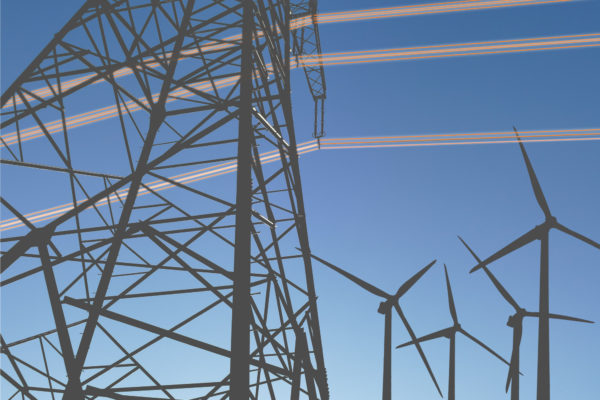AUSTIN, Texas — If states want to avoid costly electricity failures such as the blackouts that roiled California recently, they can improve their odds by diversifying power sources, according to new research from the McCombs School of Business at The University of Texas at Austin.
The research, initially aimed at modeling banking defaults such as those that multiplied during the 2008 financial meltdown, suggests California fell victim to dependent outages: several units going down at the same time, from the same root cause, due to being interconnected. And according to the new study, with the use of more diverse fuel sources and incentives, massive blackouts — such as the ones in California — could be prevented.
Electric grids are frequently set up in ways that lead to interconnected shutdowns. The result is that grids are not as reliable as one might think. “If we’re installing new power sources that are likely to go down simultaneously, they’re not going to help us in the case of a blackout,” said Stathis Tompaidis, professor of information, risk, and operations management at the McCombs School. “We need diversity in our capacity.”
In a new paper, Tompaidis and his co-authors, Vishwakant Malladi from the Indian School of Business and Rafael Mendoza-Arriaga from discretionary fund manager Man GLG, measured the odds of electric grids suffering simultaneous outages. The researchers considered power plants as belonging to different but overlapping groups, such as by region and fuel type, then captured each group’s historical outages. Once they matched the model to data, they could predict the rates of simultaneous outages. The research, “Modeling Dependent Outages of Electric Power Plants,” was published online Dec. 11 in Operations Research.
The researcher’s model helps to capture the dangers of such dependence. The methodology was originally developed for modeling joint defaults on corporate debt. During the 2008 financial crisis, multiple firms faced problems coming from the same sources. As a result, one default sometimes turned into five defaults.
“It’s similar for electricity grids,” Tompaidis said. “Many power plants have the same kind of input fuel. In Japan, when a tsunami shut off a few nuclear power plants, they closed down all the nuclear plants in the country. It affected the entire national grid.”
He points to Texas and the Northeast where pipelines are used to deliver natural gas to power plants as an example. Occasionally those pipelines freeze, and when they can’t get natural gas, they don’t run. Same goes for hydroelectric power on the West Coast. It’s associated with the amount of rain that falls. Those plants empty at similar rates, and they end up going out together.
To get a blackout-resistant power mix, operators need encouragement to build other types of power plants that aren’t prone to joint shutdowns, the researchers said. And as renewable energy becomes a part of the grid, evaluating these types of outages becomes even more important.
“Solar and wind have a large dependence on location and the weather conditions in those locations. That’s going to mean large swings in supply,” Tompaidis said. “Will we need certain amounts of conventional generation to manage those swings? Will we use batteries instead? These are questions we really need to understand.”
For more details about this research, read the McCombs Big Ideas feature story.




